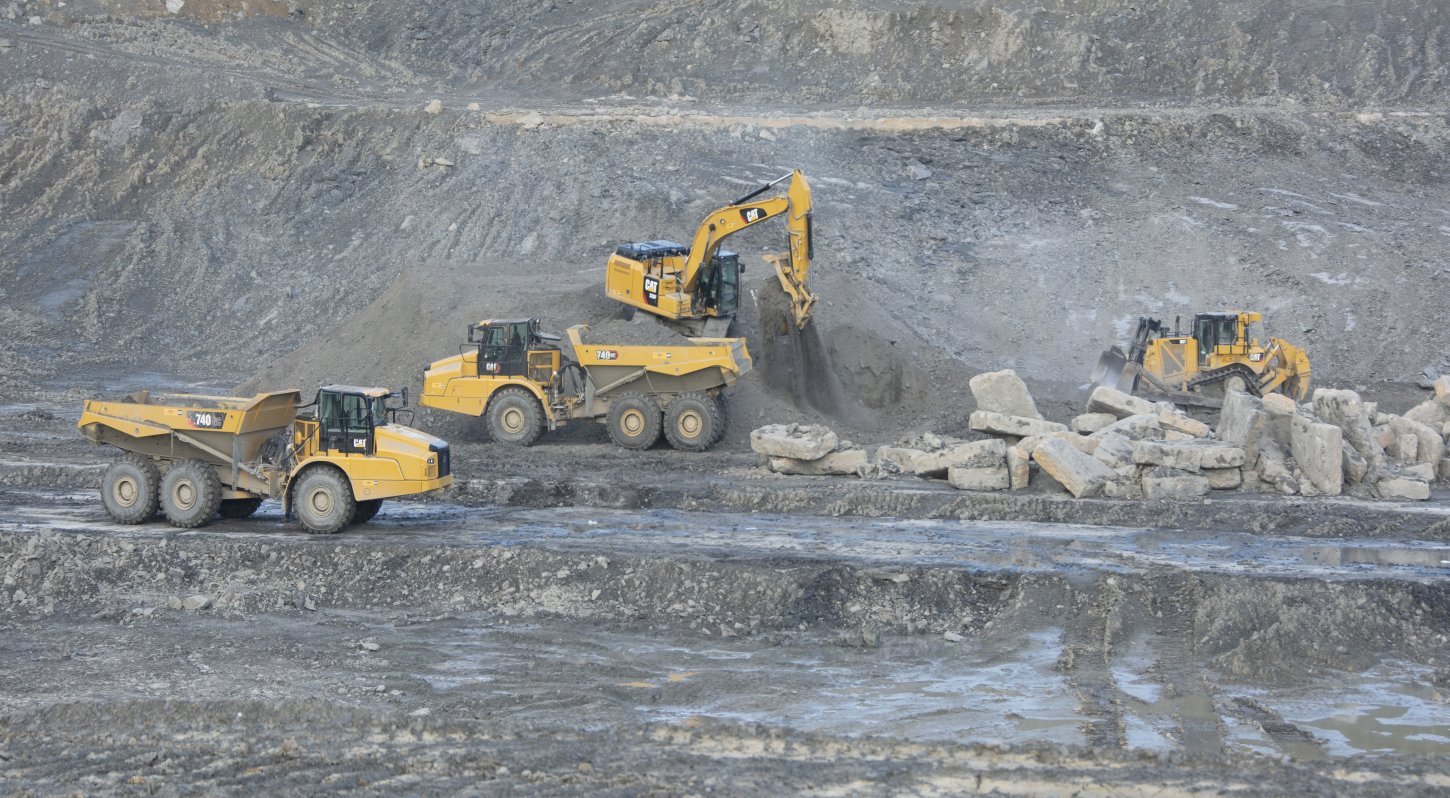
Landfill Counts on Cat Fleet & Foley Equipment Service to Process Waste
Known as the home of the Kansas City Chiefs training camp, and the starting point of the historic Pony Express, the city of St. Joseph is located 30 minutes north of Kansas City.
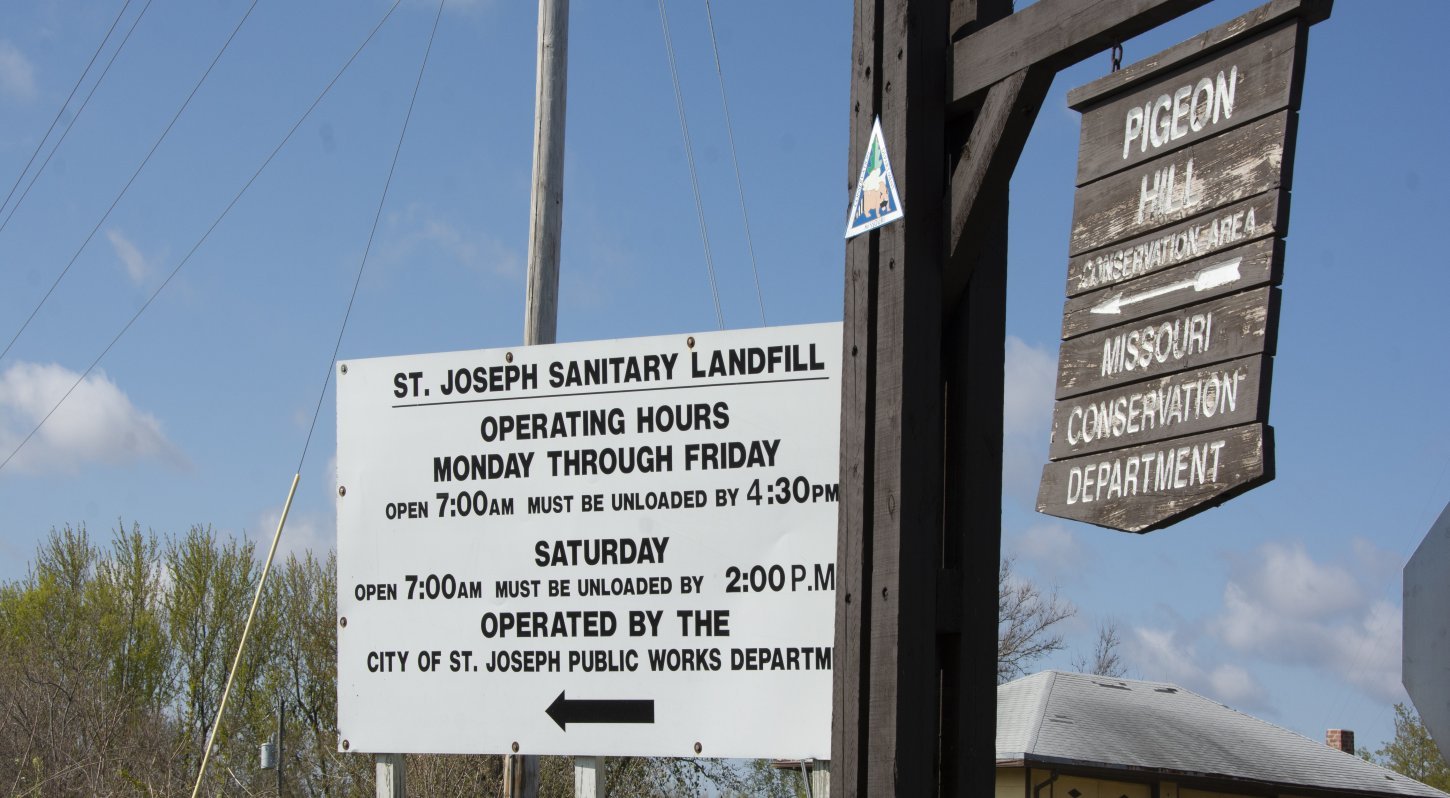 Helping preserve the area’s natural beauty, St. Joseph’s busy sanitary landfill serves all of northwest Missouri and many rural communities.
Helping preserve the area’s natural beauty, St. Joseph’s busy sanitary landfill serves all of northwest Missouri and many rural communities.First opened in 1985 and projected to last 40 years, the St. Joseph Sanitary Landfill accepts all types of refuse—except hazardous waste. It handles construction and demolition (C&D) and municipal waste and serves approximately 100,000 residents throughout northwest Missouri.
After serving seven years as chief mechanic for the City of St. Joseph, Rod McQuerrey was promoted to superintendent of solid waste and recycling for the City of St. Joseph’s sanitary landfill.
McQuerrey’s responsibilities include processing 850 to 900 tons of refuse per day, six days per week, while directing a never-ending flow of 300 to 350 trucks per day. He also directs daily operations of trash placement and compaction, and construction of a new cell—all while managing a crew of 21 workers at the fast-paced 140-acre landfill.
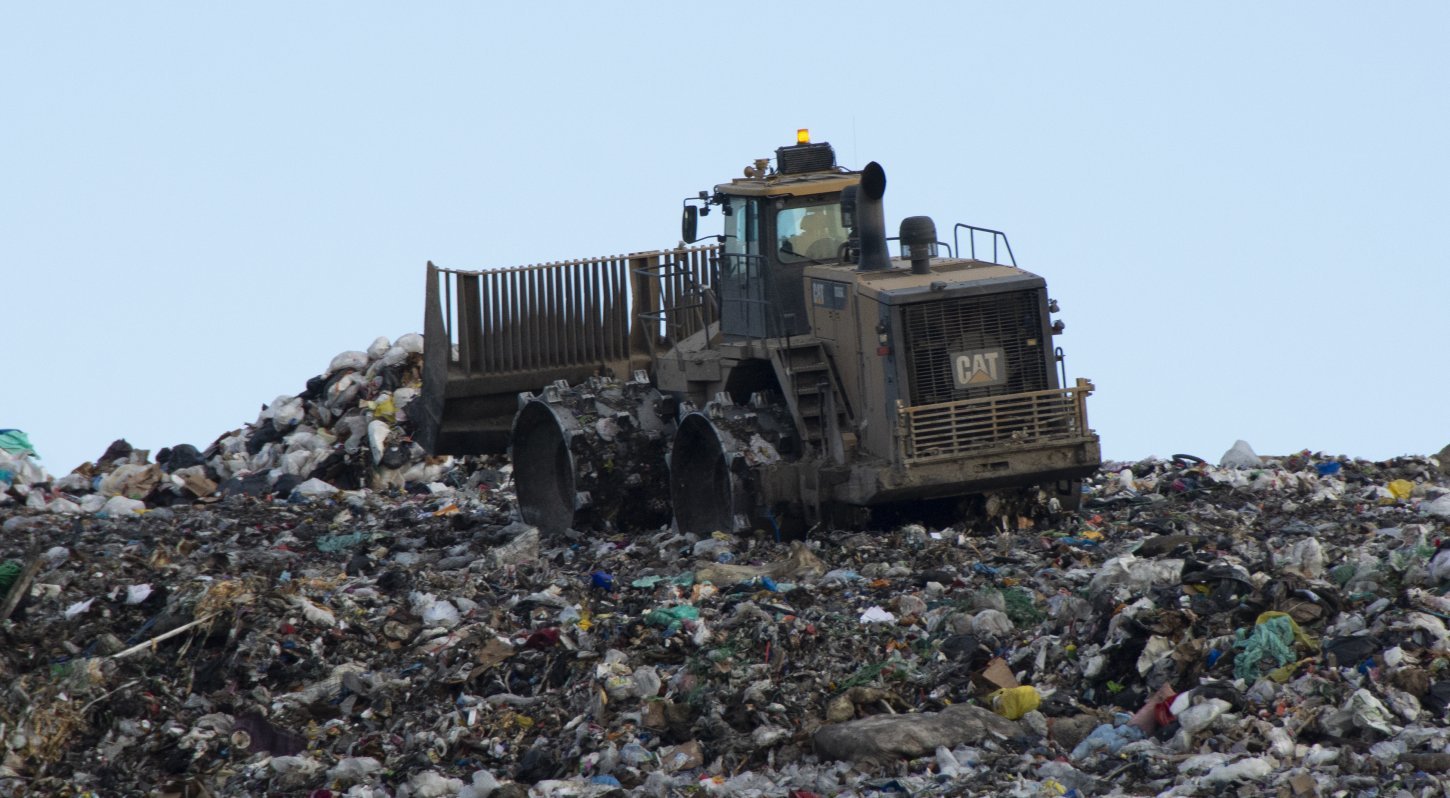 McQuerrey’s environmental expertise pays off in supervising complex cell construction to ensure compliance with modern-day landfill requirements.
McQuerrey’s environmental expertise pays off in supervising complex cell construction to ensure compliance with modern-day landfill requirements.“A daily environmental concern that we have to contend with is—when it’s not raining—dust,” says McQuerrey. “A water truck waters the roads and the work areas to keep dust levels to acceptable levels. We also have equipment that’s designated solely for covering, repairing washouts, maintaining storm water flow, and minimizing erosion from for storm water.
The State of Missouri also requires St. Joseph’s landfill to control harmful gas emissions. When the landfill first started, St. Joseph installed active gas vents that went solely to a flare and burned it off. In 2010, the landfill partnered with Evergy, the local power company, to make productive use of the landfill gas while also reducing greenhouse gas emissions.
A total of 67 wells throughout the landfill collect methane gas and pipe it to a reciprocating engine-generator set that uses the gas as fuel to run. The net result produces electrical energy—1.6 MW of power that is sent to the power grid—enough to power about 1,000 homes.
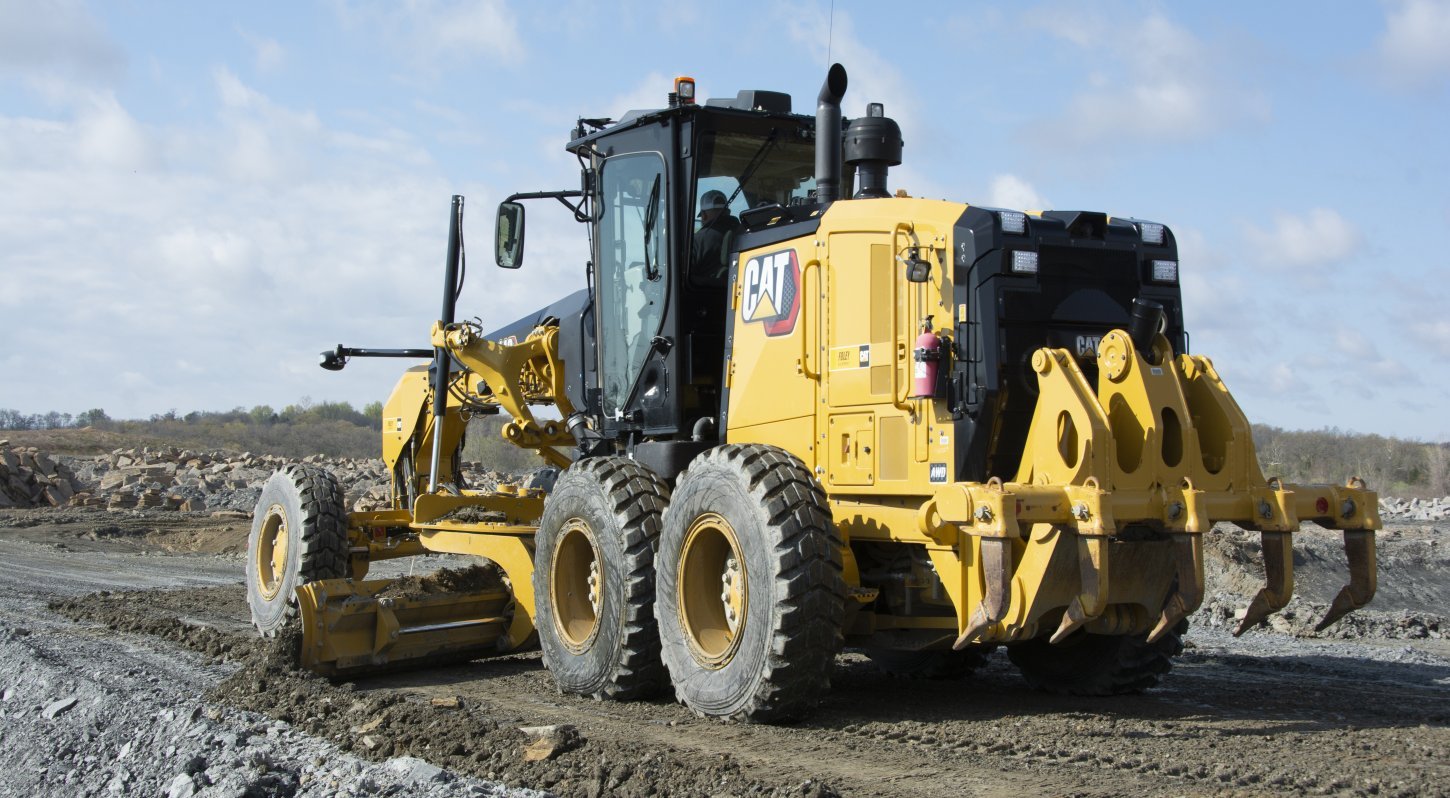
Landfill Geology
The biggest challenge currently facing McQuerrey is completing construction of the landfill’s new six-acre cell.
“We’re limited on space—so we’re under the gun to complete the construction and get that new cell open,” he says. “We’ve had some issues in the last few years encountering several layers of rock, with one layer of rock that we didn’t plan on having to jackhammer. Plus, like other landfills, weather conditions and keeping the trucks flowing in and out are constant factors.
The St. Joseph’s landfill geology is comprised of three layers of rock. The upper most is called the Amazonia; the middle is called the Haskell, and the bottom is the Lotan. They are currently excavating through Amazonia and tackling the Haskell, which is the layer of rock at the bottom they are breaking out.
All three layers of rock must be ripped.
“We don’t do any shooting,” says McQuerrey. “We have three major pipelines about 300 yards to the south. They wouldn’t approve of using dynamite that close to their pipelines, so we currently use a single-shank ripper on a Cat® D8 Dozer. The layer that we’re excavating now is too hard to even rip so we’re actually using the hammer attachment on our Cat excavator to break the rock.”
Two years ago, prior to buying a Cat 836K Landfill Compactor, the landfill ran its equipment fleet age longer than it should have.
“It got to the point—we were running two compactors from another brand then —that I couldn’t keep either machine running,” McQuerrey recalls. “I had a competitor’s dozer out here, too, that I couldn’t keep running.”
Prior to operating its existing fleet of Cat machines, the landfill tallied 45 days where it actually had no significant compaction effort on the active fill of dump, which equated to several hundred thousand dollars’ worth of lost air space.
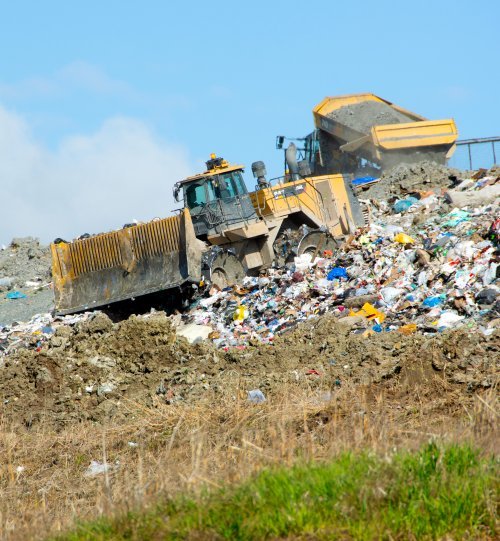
Reliable Caterpillar Fleet
In this most severe application for machines, a host of dependable Cat machines now assist McQuerrey in achieving his goals.
St. Joseph’s operation replaced three Cat 627 scrapers with three versatile, all-weather Cat 740 GC Articulated Trucks to ensure year-round operation, even in muddy conditions, McQuerrey says the articulated trucks more easily navigate the haul road inclines that can reach 16% to 18% grades.
The 740 GCs haul an average of 20 to 40 truckloads of cover material each day from the freshly excavated cells over up to one-eighth of a mile to reach the active working face of the landfill to place six-inch lifts of cover each day.
Excavation work in the new cell is handled by an efficient team of Cat machines, including a D8T with single-shank ripper; three versatile 740 GC articulated trucks; and a productive Cat 336 Hydraulic Excavator. A 14M2 Motor Grader ensures haul roads are kept clear of debris while it also blades out any ruts to help speed travel of the cover-hauling articulated trucks along with hundreds of heavy incoming and outgoing refuse trucks that use the road.
A fixture on many landfills, a reliable Cat 836K Landfill Compactor compacts and spreads waste at the face and achieves the density target with two or three passes.
“On the 836K, we run Cat wheels and tips,” says McQuerrey. “They give us really good life. They don’t show a lot of wear and deliver good compaction, as opposed to other brands we have had in the past.”
A constant, consistent compaction effort is necessary to help avoid costly lost air space in the cells and ensure the landfill reaches it total projected life.
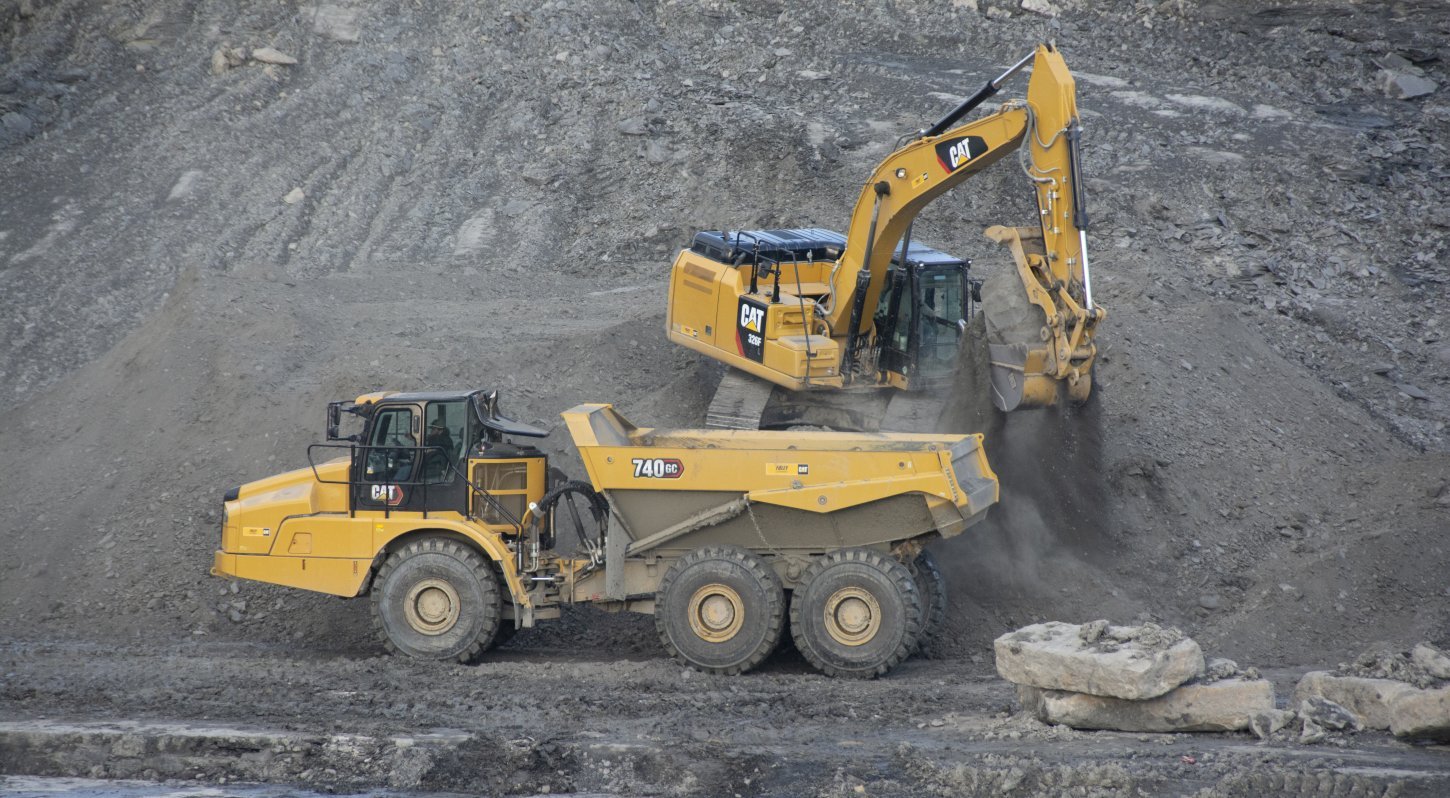 “Our 836K compactor gives us more compaction with less effort than previous machines and it does a wonderful job of laying the trash down which enables us to cover with less dirt,” adds McQuerrey. “When trash isn’t compacted well and isn’t evenly spread, it takes more than the six inches of cover material to get over it and get it covered correctly.”
“Our 836K compactor gives us more compaction with less effort than previous machines and it does a wonderful job of laying the trash down which enables us to cover with less dirt,” adds McQuerrey. “When trash isn’t compacted well and isn’t evenly spread, it takes more than the six inches of cover material to get over it and get it covered correctly.”McQuerrey says maintaining and keeping the 836 clean is easier than with the landfill’s previous machines. One of the big issues with a landfill compactor is wire wrapping around the wheels.
“We have not had any significant issue with wheel wrap on this machine,” he says.” The mechanic hasn’t had any major complaints doing maintenance on it so I always feel that when he’s not complaining that it’s a good thing.”
McQuerrey says his operators like the comfort of the Cat machines.
“You’ve got to give Caterpillar credit; they have put a lot of effort into making the operators who sit in the cab comfortable. It is quiet and dust-free. And out here dust is a huge deal. We pay extra to have the HEPA filters on our machines to guard against dust.
“The power is good, and our operators say the Cat machines are considerably easier to operate,” he says.
Foley Equipment Service & Support is Critical
One of McQuerrey’s biggest needs is the service and support he receives from his equipment dealer.
“More than 50 percent of why I buy a machine is service,” he says. “It’s great when it‘s brand new and you made me a good deal on it. But a year from now, when it’s broke down and I need parts and service and I can’t get it and the machine is down for two weeks, that great deal in the beginning wasn’t so great.”
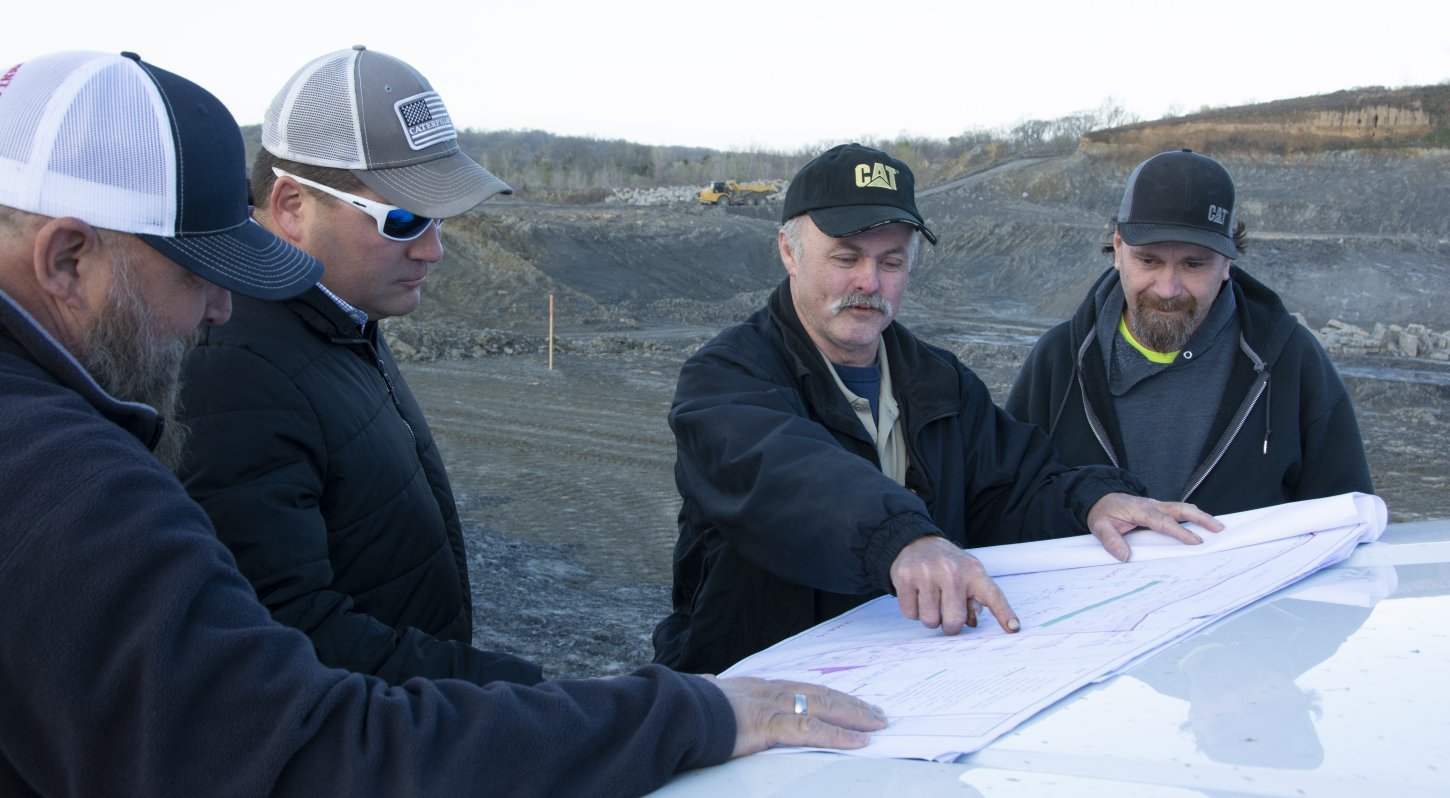 McQuerrey says Cat dealer, Foley Equipment, has helped the City of St. Joseph with all aspects of machine acquisition—from deciding what size machine it needs to machine maintenance and replacement.
McQuerrey says Cat dealer, Foley Equipment, has helped the City of St. Joseph with all aspects of machine acquisition—from deciding what size machine it needs to machine maintenance and replacement.“Obviously when I write specs, I don’t write them specifically to Caterpillar, so I receive bids from competitors,” McQuerrey says. “Before Foley Equipment took over the territory, Caterpillar had a tough time being competitive. But since Foley Equipment’s service, I noticed a definite improvement and our current rep has done a fantastic job.
“We consider Kevin Bell and Jim McConnell to be experts and skilled at what they do, along with the service level they provide,” McQuerrey says. “Jim obviously is an ex-landfill worker so he brings to the table not just the machine knowledge but the landfill knowledge.
“Kevin is a great rep and if he doesn’t know something, he’ll tell me he doesn’t know—but he will find someone to either answer my question or talk to me or he’ll get the information and get it to me which is great.
“There’s a reason we choose Cat machines and working with Foley,” McQuerrey says. “We’re doing a good job here and most of the machines are Caterpillar. They’re doing a great job for us, as is Foley Equipment Service.”




